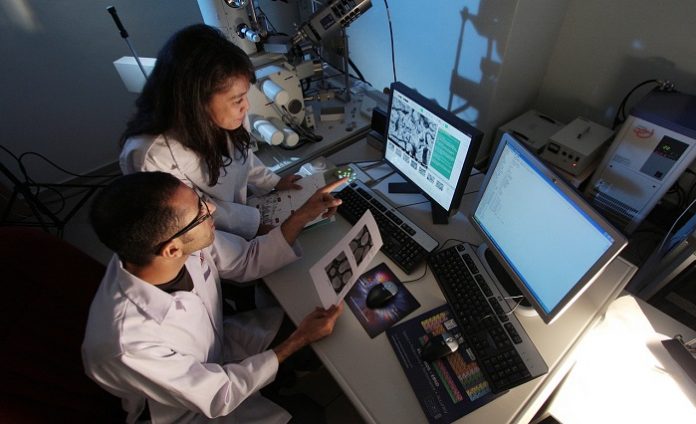
While there is much interest in promoting the sharing of equipment and measuring its usage, this raises the spectre of yet more data collection. But what if we made more use of universities’ investments in impact reporting – would that help? asks Adrian Cox.
Initiatives to encourage the sharing and utilisation of research equipment usage data has come a long way since I last wrote about this subject on Efficiency Exchange, but to meet our goals, we could do more by linking data and exploiting the reporting systems being developed, including those to meet the requirements of REF2021.
Firstly, there are things we can do to highlight and encourage more sharing in the first place. Establishing a relationship between research outcomes and outputs, the equipment or facility that produced them and the grant that funded the research, could produce a powerful incentive that drives better utilisation and delivers measurable tangible utilisation data.
However, the way we collect data is also worth re-examining. In the past an approach may have been “let’s simply ask everybody to fill in our new £10m centralised database”.
If you were to introduce this approach to facilities and equipment data capture, we would need to consider which facilities and equipment it is applicable to, ambiguities around what constitutes available time versus utilisation, additional cost of data capture versus demand in the various disciplines of research.
In years to come, systems may have been introduced to capture data in such a way that these questions can be answered and – importantly – reported in an efficient, effective way.
Is there an alternative?
The reporting and measurement of impact could well deliver provide a ready-made solution to this problem.
Impact is becoming an ever increasing aspect in how we measure our scientific output. It comes in the form of outputs, economic factors, licenses, publications, knowledge and commercialisation.
Universities have already spent millions on capturing, measuring and reporting impact. REF2021 promises to be more open and more focussed on the measurement of impact.
How can the sector exploit this to understand utilisation?
For some time now our leading computer scientists have emphasised the benefits of linked open data. It is the “linked” element which is significant in how we can realise efficient measurement of utilisation.
Linked data is an area of computer science which is increasingly being applied in many of the systems we use for research outcomes, grants and equipment and is the very reason why the research councils and BIS / HEFCE could introduce simple mechanisms to measure utilisation with meaningful results.
A few simple opportunities for analytics could include:
- Outputs delivered per equipment/facility for all RCUK grants
- Value and/or volume of grants for a given period where x facility or item of equipment was used
- Impact statements per facility (linked to grant)
- Grants where industry was a partner in the use of a facility [in a specific period].
What connects all these are unique identifiers which, importantly, should be persistent.
RCUK have recently announced the adoption of the ORCiD identifier in Joint Electronic Submissions (Je-S), and its replacement, placing greater emphasis on institutions to step up the adoption process.
There is now a cross-council policy for publishing research equipment on the national equipment portal, equipment.data; and outputs and publications already need to carry the grant reference.
So what we could possibly answer soon is “What is the economic or scientific impact of a certain piece of equipment or facility?”.
How will this support utilisation and impact?
With ORCiD rapidly becoming the sector identifier for academics (researchers/ principal investigators) and the introduction of equipment uniform resource identifiers through their application in systems, we will soon be able to connect many datasets very quickly. This will enable improved data aggregations through open data services such as Gateway to Research and konfer.online.
By introducing the use of equipment and facility IDs in the new RCUK “grant awards service” to identify facilities and equipment use on grants, e.g. by ingesting data from equipment.data, BIS/RCUK could enable the required data relationships to make the above analytical opportunities possible.
The simplicity of such a solution is universities would not need to complete another new reporting system as it is simply exploiting an already evolving infrastructure. However, I will end on a cautionary note – the quality of the data being captured in current systems will need to consider this additional use.





